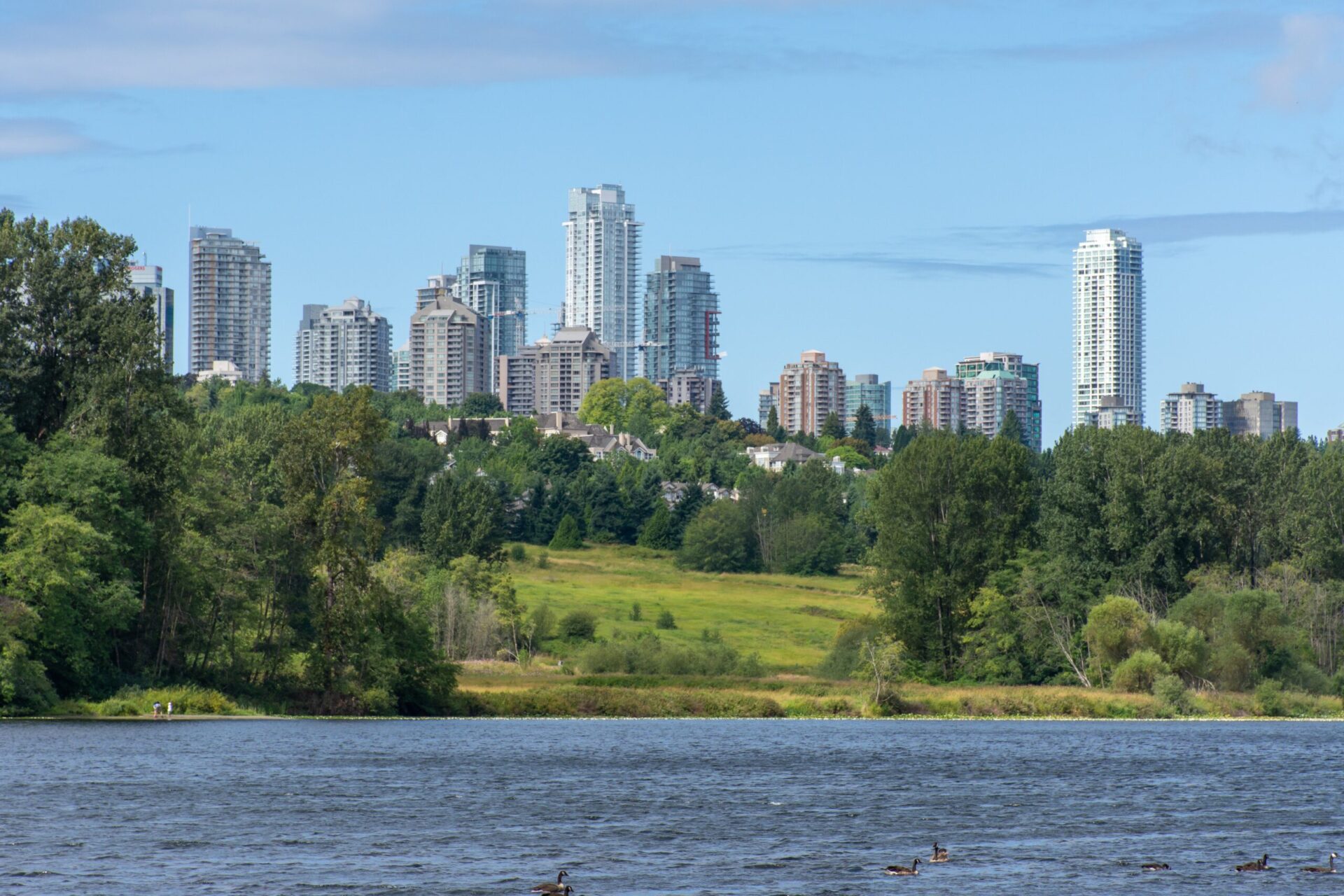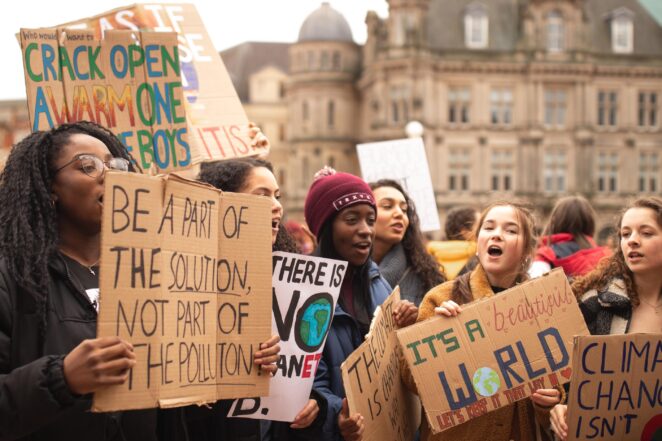Climate Resilient Development Pathways – Frequently Asked Questions from Chapter 18 of the IPCC’s 6th Assessment Report

Introduction
This material is an abridged version of the Frequently Asked Questions (FAQs) section of Chapter 18 of the 6th Assessment Report of the International Panel on Climate Change, Working Group 2: Impacts, Adaptation, and Vulnerability.
Climate resilient development (CRD) is a process of implementing greenhouse gas mitigation and adaptation options to support sustainable development for all. One approach for operationalizing the concept of climate-resilient development in a decision-making context is to link the concept of CRD to that of pathways. This concept of ‘climate resilient development pathways’ is explored in Chapter 18.
Please access the original text (see ‘Featured Download’ in the right-hand column) for more detail, research purposes, full references, or to quote text.
Also see related content: AR6 WGII report ‘Summary for Policymakers’.
FAQs
1. What is a climate resilient development pathway?
Climate resilient development pathways (CRDPs) are continuous processes that strengthen sustainable development, efforts to eradicate poverty and reduce inequalities while promoting fair and cross-scalar capacities for adaptation to global warming and reduction of greenhouse gases in the atmosphere.
A ‘pathway’ is defined in IPCC reports as a ‘temporal evolution of natural and/or human systems towards a future state’. These can range from sets of scenarios, narratives of potential futures to solution-oriented decision-making processes to achieve desirable societal goals.
When used in the context of climate resilient development (CRD), pathways refer to continuous processes that strengthen sustainable development, efforts to eradicate poverty, and reduce inequalities while promoting fair and cross-scalar adaptation and mitigation. As they imply deep societal changes and/or transformation, CRDPs raise questions of ethics, equity, and feasibility of options to drastically reduce emission of greenhouse gasses (mitigation) that limit global warming (e.g., to well below 2°C) and achieve desirable and livable futures and wellbeing for all.
There is no one true, correct pathway to pursue but multiple ways, modalities, depending on numerous factors, such as political, cultural and economic contexts. Hence, a CRDP is a continuum of coherent, consistent decisions, actions and interventions within each country, and as a global community. While dependent on past development and its socio-ethical, political, economic, ecological and knowledge-technology outcomes at any point in time, transformation, ecological tipping points and shocks can create sudden shifts and unexpected non-linear development pathways. Actions taken today also foreclose some future potential pathways. The differentiated impacts of hurricanes and COVID-19 illustrate how the character of societal development such as equity and inclusion have enabled some societies to be more resilient than others.
2. What is climate resilient development and how can climate change adaptation (measures) contribute to achieving this?
The key purpose of CRD is to pursue sustainable development, engaging climate actions in ways that support human and planetary health and well-being, equity and justice. Climate resilient development combines adaptation and mitigation with underlying development choices and everyday actions, carried out by multiple actors within political, economic, ecological, socio-ethical and knowledge-technology arenas.
CRD addresses the relationship between greenhouse gas emissions, levels of warming and related climate risks. However, CRD involves more than just achieving temperature targets. It considers the possible transitions that enable those targets to be achieved as well as the evaluation of different adaptation strategies and how the implementation of these strategies interact with broader sustainable development efforts and objectives. This interdependence between patterns of development, climate risk, and the demand for mitigation and adaptation action is fundamental to the concept of CRD. Therefore, climate change and sustainable development cannot be assessed or planned in isolation of one another.
Hence, CRD is defined as the development that deliberately adopts mitigation and adaptation measures to secure a safe climate on earth, meet basic needs for each human being, eliminate poverty and enable equitable, just and sustainable development. It halts practices causing dangerous levels of global warming. CRD is now emerging as one of the guiding principles for climate policy, both at the international level, reflected in the Paris Agreement (UNFCCC, 2015) and within specific countries.
Climate change adaptation is one of several climatic and non-climatic measures carried out through decision-making by multiple actors that may drive a pathway in a CRD or non-CRD direction. Adaptation, mitigation and sustainable development actions can push a society in a CRD direction, but only if these measures are just and equitable.
3. How can different actors across society and levels of government be empowered to pursue climate resilient development?
CRD entails trade-offs between different policy objectives. Governments, political and economic elites may play a key role in defining the direction of development at a national and sub-national scale; but in practice, these pathways can be influenced and even resisted by local people, NGOs and civil society.
Contestation and debate are inherent in its construct and implementation. An active civil society and citizenship create the enabling conditions for deliberation, protest, dissent and pressure which are fundamental for an inclusive participatory process. In this way, recent social movements and climate protests show new modalities of action related to political responsibility for inaction based on contestation. The new climate movement led mostly by youngsters, markedly seek science-based policy and more importantly, demand to break with a reformist stance and social inertia through radical climate action. This is mostly done through collective disruptive action, and non-violent resistance to promote awareness, a regenerative culture and ethics of care. These movements have resulted in notable political successes, such as declarations of climate emergency at the national and local level, as well as in universities. Also, their methods have proven effective to end fossil fuel sponsorship.

The success and importance of recent climate movements also provide elements to rethink the role of science in society. In one hand, the new climate movements demanding political action were prompted by the findings of scientific reports, mainly the IPCC (2018a) and IPBES (2019) reports. On the other hand, these movements have increased public awareness, and also stimulated public engagement with climate change at unprecedented levels.
4. What role do transitions and transformations in energy, urban and infrastructure, industrial, land and ocean ecosystems, and in society, play in climate resilient development?
The IPCC 1.5 report identified transitions and transformations in key systems, such as energy, land, and ocean ecosystems, and urban and infrastructure, that are needed for a climate resilient development.
- A system transitions focus helps visualize the interdependence between each system as well as how sustainable development, mitigation, and adaptation interact.
- A societal transformation, in terms of values and worldviews that shape aspirations, lifestyles and consumption patterns, is a constraining/enabling condition for such transformations. This report however identifies societal transformation as one of the five major transformations currently underway. It delves into the implications of this on how we assess options, value different outcomes from the perspectives of ethics, equity, justice and inclusion.
5. What are success criteria in climate resilient development and how can actors satisfy those criteria?
Climate resilient development is not a predefined goal to be achieved at a certain point or stage in the future. It is a constant process of evaluating, valuing, acting and adjusting various options for mitigation, adaptation and sustainable development, shaped by societal values as well as contestations of these. Any achievement or success is always a work in progress, with continuous, directed, intentional actions. These actions will vary according to the priorities and needs of each population or system; therefore, specific indicators will vary according to each specific context, ensuring we prioritize people, planet, prosperity, peace, and partnership, per the broad goals of the Agenda 2030 on sustainable development.
If Climate Resilient Development is defined as the development that deliberately adopts mitigation and adaptation measures to secure a safe climate, meet basic needs, eliminate poverty and enable equitable, just and sustainable development, then, the 17 United Nations’ Sustainable Development Goals (SDGs) provide a good (although limited) measure of progress. They aim at ending poverty and hunger globally and protect life on land and under water until the year 2030. Although there are proven synergies between the SDGs and mitigation, there remains to explore clear synergies between the SDGs and adaptation in terms of how adaptation relates to the fulfilment of the SDGs.
References:
Chapter 18:
Schipper, E.L.F., A. Revi, B.L. Preston, E.R. Carr, S.H. Eriksen, L.R. Fernandez-Carril, B. Glavovic, N.J.M. Hilmi, D. Ley, R. Mukerji, M.S. Muylaert de Araujo, R. Perez, S.K. Rose, and P.K. Singh, 2022: Climate Resilient Development Pathways. In:Climate Change 2022: Impacts, Adaptation, and Vulnerability.Contribution of Working Group II to the Sixth Assessment Report of the Intergovernmental Panel on Climate Change [H.-O. Pörtner, D.C. Roberts, M. Tignor, E.S. Poloczanska, K. Mintenbeck, A. Alegría, M. Craig, S. Langsdorf, S. Löschke, V. Möller, A. Okem, B. Rama (eds.)]. Cambridge University Press. In Press.
Full report
IPCC, 2022: Climate Change 2022: Impacts, Adaptation, and Vulnerability.Contribution of Working Group II to the Sixth Assessment Report of the Intergovernmental Panel on Climate Change [H.-O. Pörtner, D.C. Roberts, M. Tignor, E.S. Poloczanska, K. Mintenbeck, A. Alegría, M. Craig, S. Langsdorf, S. Löschke, V. Möller, A. Okem, B. Rama (eds.)]. Cambridge University Press. In Press.
Related articles:
- The IPCC’s 6th Assessment Report: Impacts, Adaptation, and Vulnerability – Summary for Policymakers
- The IPCC’s 6th Assessment Report Climate Change 2021: The Physical Science Basis
- Is the New IPCC Report a Game Changer for Adaptation? SEI’s Response to AR6 WGI
- Turning Science into Action Webinar Series Session 1: Overview of IPCC WGII findings and a Call to Action
- Webinar: Adaptation Pathways – From Concept to Practice
(0) Comments
There is no content